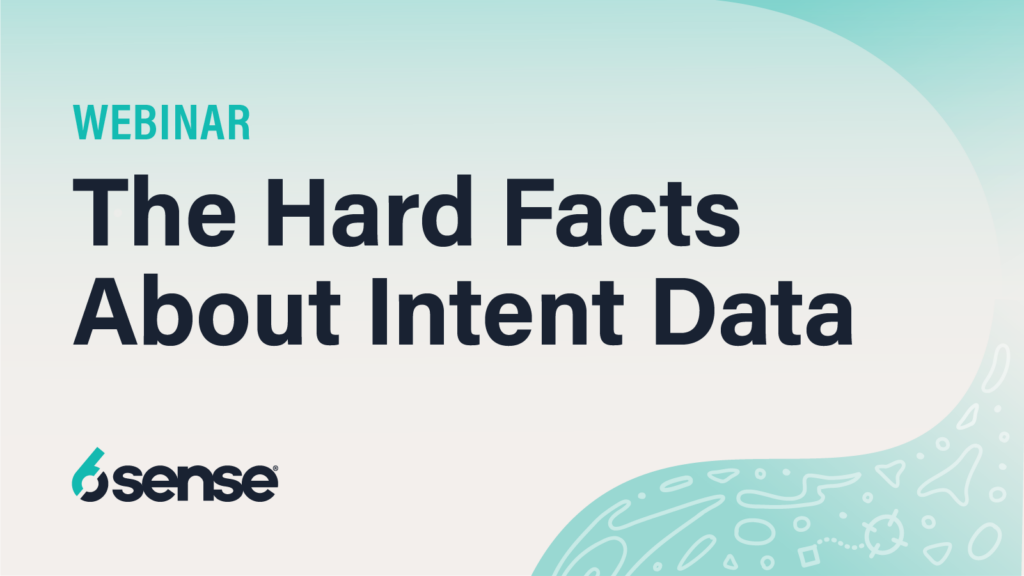A recent McKinsey report shows that B2B buyers are using more channels when researching potential vendors. Buyers used five channels in 2016, seven in 2019, and 10 in 2021.
As the buying journey fragments, sellers are challenged to deliver personalized messaging that is consistent and timely — no matter where customers are looking.
McKinsey reports that sellers and marketers who use a hybrid sales model (utilizing a combination of channels to reach their buyers) are generating up to 50% more revenue — with the same number of sales reps, hours worked, and number of accounts.
This hybrid approach makes sales processes more efficient and better aligned to what buyers want.
Here’s how you can organize your business to deliver personalized experiences across multiple channels.
CDPs Power the Effectiveness of Omnichannel Communication
To deliver personalized customer experiences, you’ll need to gather a lot more data about your customers. More importantly, that data must to be easily actionable.
That’s why a Customer Data Platform (CDP) is essential.
A CDP ingests data from your…
- Website
- CRM
- Marketing automation tools
- Chatbots
- And other platforms
…and creates a unified customer record that contains everything you know about a customer.
An embedded CDP, like the one in the 6sense platform, makes it simple to push fresh audience data to campaigns you have set up in LinkedIn, Google Ads, Facebook, Salesloft, Drift, and other popular sales and marketing tools.
But to get the full benefit of a CDP, you have to capture everything your buyers are doing. This includes the research they’re conducting on digital channels, far from your marketing team’s eyes.
Know Everything So You Can Empower Your Buyers
About 70% of the buying process now happens anonymously. That’s because buyers conduct research anonymously on sites that don’t require their contact information, like trade publications, message boards, social networks, and the like.
How can you build trust when customers aren’t interested in talking until they’ve nearly made their decision?
The key is to deliver personalized experiences that educate and influence customers while they are still conducting anonymous research.
Delivering this personalized experience requires account de-anonymization, capturing intent data, and dynamic segmentation.
De-anonymizing Accounts
Whenever anyone perform an online activity, they leave a digital trail. Here are a few examples:
- You connect to a server that records your IP address.
- You accept a cookie.
- You search for a keyword and ad servers quickly analyze your browser data before conducting an online ad auction to serve you a search ad.
- You visit a site that is part of a display ad network, your browser data is analyzed, and a lightning-quick auction happens for the right to show you a banner ad or video.
6sense and similar companies study which IP addresses are associated with different companies, then use this data and other signals to spot when a potential customer is conducting research that is relevant to your sales team.
This information can reveal in-market accounts (aka companies that are ready to buy), because they’re performing research that indicates their position in their respective buying journeys. The earlier you can reach them, the more likely you are to win them as customers.
When target accounts begin their buying journey, the signals they give off become part of their CDP record.
Intent Data
Intent data not only lets you know which accounts are in-market — it also lets you know which concerns are motivating individual buying teams.
Intent data aggregates the following to reveal a clear picture of your buyer:
- Keywords your target accounts have been researching
- What they’ve been reading on third-party B2B websites that are part of the intent data provider’s network
- Content they’ve read on your site
- Questions asked of your chatbot
- The history of engagement with your sales team
Your CDP can use this data to automatically assign potential customers to dynamic audience segments.
Dynamic Audience Segments
Dynamic audience segments analyze what you know about a potential customer (intent data, firmographics, technographics) and automatically assign contacts to a list based on their unique characteristics.
Dynamic segments are powerful because they are automated and react to real-time data. This way, when a potential customer’s buying journey shifts, they will keep receiving personalized campaigns that still speak directly to them.
B2B buying journeys often take several months, and buyers’ information needs change through their journey. Dynamic segments ensure that you can consistently deliver them the right messages at each step in their journey.
It May Seem Technical, but It’s Simple to Implement
If you’re just learning about 6sense, concepts like de-anonymization, intent data, dynamic audience segmentation, and CDPs may sound deeply technical.
But they’re pretty simple to use. You can book a demo (live or recorded) to see our platform in action. We promise: Any mysteries will melt away quickly.
And as McKinsey noted in its report, a digital first approach to B2B sales can be transformative.






